Hey there, awesome educators! Let's face it; division can be a bit of a tough cookie for our upper elementary students. But guess what? Learning division doesn't have to be all serious and buttoned-up! In fact, it can be downright fun! In this blog post, we're diving into the world of division games – the secret sauce to make your math class not only effective but a place your students will look forward to. We've got some game-changers (pun intended) that will turn those division blues into cheers. So buckle up, and let's make math a blast together!
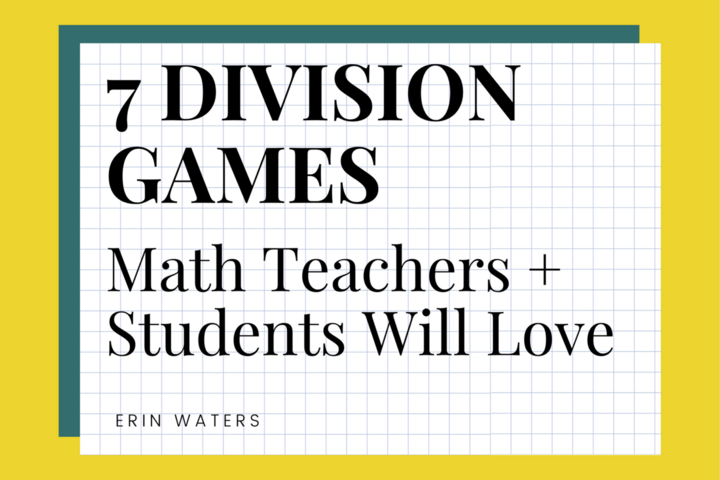
Game On: Why Division Games?
First and foremost, we've got to talk about the importance of making learning fun. Think about it – when we enjoy what we're doing, we're more likely to be invested, right? The same goes for our students. Division games are like the magical potion that turns a seemingly mundane concept into an exciting adventure.
Now, linking engaging activities to better understanding – that's the sweet spot. When our students are actively involved in a game, they're not just memorizing steps; they're experiencing division in action. It becomes tangible, real, and a lightbulb moment waiting to happen.
And let's not forget about setting the stage for a lively math class. Who said math has to be all serious and stern? By infusing games into our lessons, we're creating an atmosphere where numbers come to life, and our classrooms become buzzing hubs of curiosity and collaboration. So, it's not just about teaching division; it's about making it a memorable journey where every student can say, “Hey, math is actually pretty cool!”
Division Games For The Whole Class
Knockout
Knockout is a head-to-head competition your kids will go wild for, 2 lines face off in front of the whiteboard. The first player in each line must correctly answer the division fact on their side of the screen first. If not, they are out and must sit on the sidelines. Surprise slides like “Pick a Pal” and “Free Pass” will throw your game for a loop, and it's not over until one side loses all of its players. Kids beg for this game!
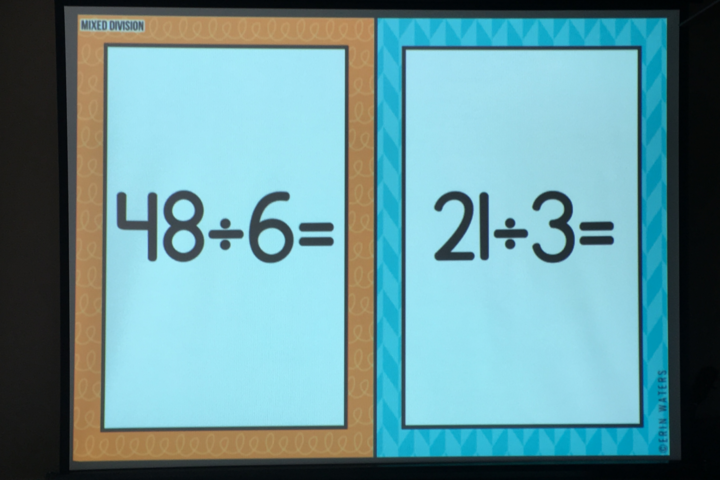
Other Knockout division games you may be interested in:
- 4th Grade Multi-Digit Division Game
- 3rd Grade Division Enrichment Skills Knockout
- 5th Grade Whole Number Division Knockout
Jeopardy
Create your own using sticky notes on your board, or purchase a Jeopardy-esque game template on TPT (you can search through a bunch here). Either way, you can't go wrong with a points-based collaborative game that also involves math facts. Students will be invested and will develop a lot of a-ha moments as facts become ingrained on their brains during gameplay!

Kahoot
This one speaks for itself-have a fact-based game of Kahoot and your kids will thank you! Use specific fact families (dividing by 7s, for example), or do a mixed review to get a well-rounded review game going.
Four Corners
Why not put a spin on this classic? Draw four quadrants on the board and label them 1-4. Label corresponding areas of the room 1-4 where students can gather (these will act as “corners”). In each quadrant on the board, write possible quotients.
Using flashcards or a fact generator, choose a new fact each round. Once students are located in their corner, call out the fact. If the quotient matches one in their corner, they are out. If it doesn't, they remain in the game and play continues until one winning student remains.
Division Games For Partners and Small Groups
Division Bingo
Have you ever tried turning the classic Bingo into a powerhouse for division learning? Well, buckle up because it's time for Division Bingo! The beauty lies in its simplicity. Students get a Bingo card with division problems, and as the teacher calls out solutions, they mark off the answers. To keep the excitement alive, customize the game for various skill levels. For beginners, stick to basic division facts, while advanced learners can tackle more complex problems. The key is flexibility – Bingo isn't just a game; it's a dynamic tool that adapts to your class's unique needs, ensuring everyone has a shot at yelling, “Bingo!”
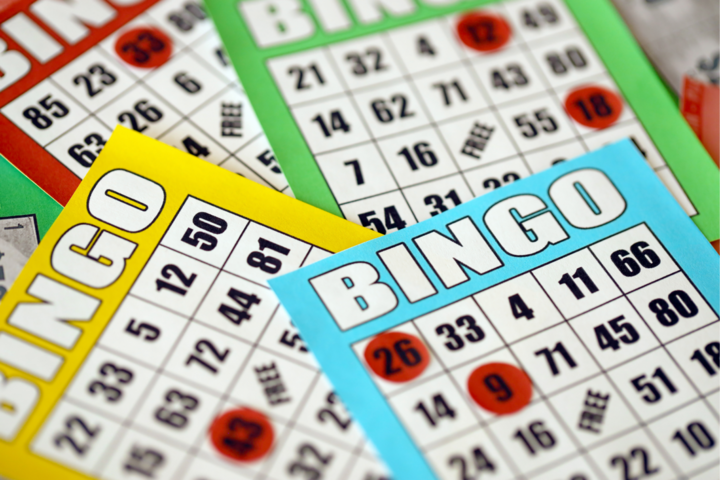
Division Puzzles
If you're looking to add a dash of collaboration and problem-solving to your division lessons, Division Puzzles are the way to go. Crafting puzzle sets is as fun as it sounds – create puzzles where each piece contains a division problem and its corresponding solution, or let neighboring pieces contain on piece 1) a problem and on piece 2) a solution. Create your own out of cardstock or use old jigsaw puzzles and Sharpies.

As students work together to solve the puzzles, they're not just crunching numbers; they're piecing together the fundamentals of division. The collaborative aspect encourages teamwork, while the problem-solving element turns division into a thrilling challenge. Plus, you can tailor the puzzle difficulty to your class's proficiency, ensuring everyone gets to enjoy the puzzle-solving excitement!
Division Dice
This game is best played in partners or small groups. Give students a shared board with all possible quotients. Roll either 2 dice, 3 dice, or 4 dice (make sure you're using the corresponding board). Each time a quotient is rolled, players color in the board with their chosen color. The player with the most squares filled at the end of the game wins.
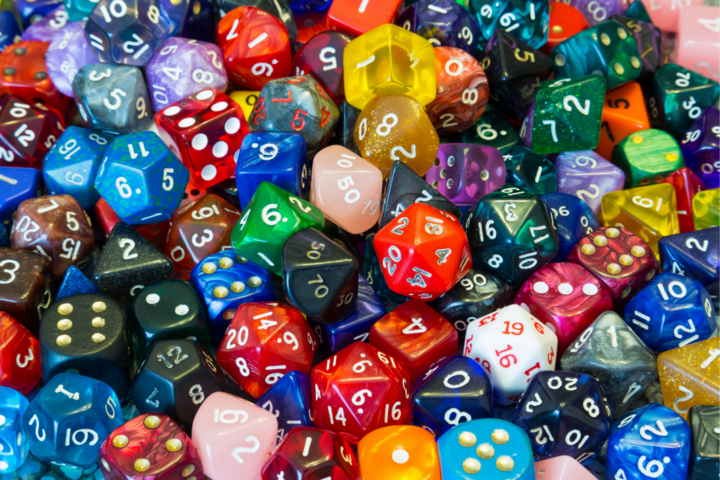
Tip: laminate the board and use dry erase markers so you don't have to keep copying it.
And there you have it, fellow educators! Division games are like the superhero capes of the math world – they make everything more exciting! By bringing these games into your classroom, you're not just teaching division; you're creating an atmosphere where learning is an adventure. So grab those dice, shuffle those cards, and let the division games begin. Your students will thank you, and you might just find yourself having a blast too! Math on, rockstar teachers!
Want to try a math game for free? Try this free multiplication game that would be great for review while you start to learn division facts:
Other posts, tools, and tips you might be interested in:
- Multiplication Games That Are Fun For Kids and Easy For Teachers
- 4 Classroom Games for 6th Graders They Won't Hate

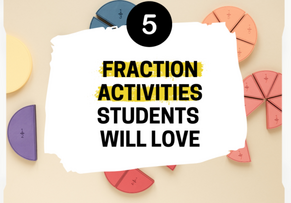
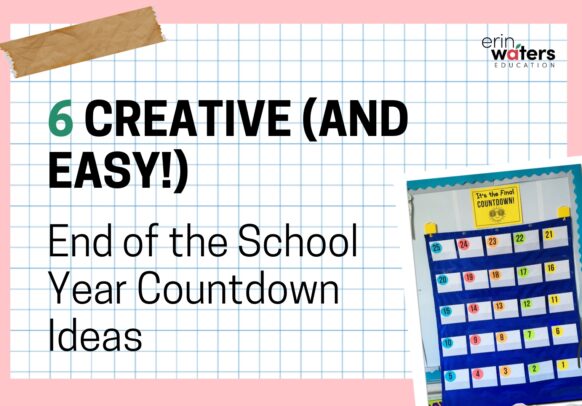
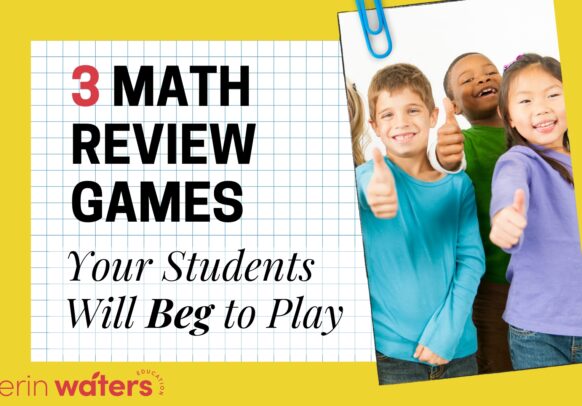
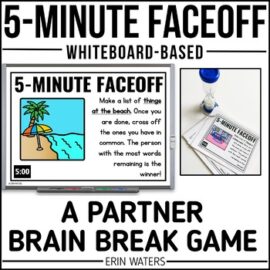

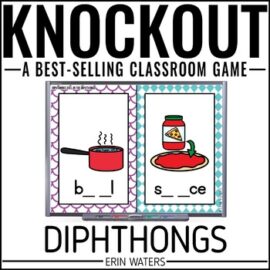
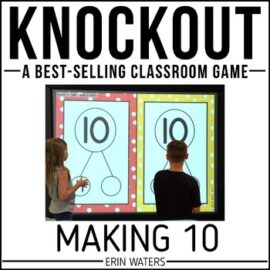
 Arm you with high-quality tools: Sleep peacefully at night knowing you’re doing what’s best for your students.
Arm you with high-quality tools: Sleep peacefully at night knowing you’re doing what’s best for your students. Save your energy: Provide resources that cost you little energy (that stuff is precious)---but have high impact on your students.
Save your energy: Provide resources that cost you little energy (that stuff is precious)---but have high impact on your students. Light your spark: Putting fun back into your classroom after the hardest teaching years can be just what you and your students need.
Light your spark: Putting fun back into your classroom after the hardest teaching years can be just what you and your students need.
Leave a Comment